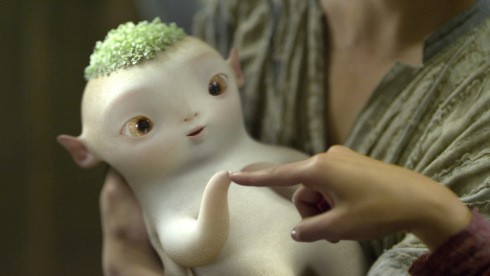The Chinese animation industry has seen dramatic growth in the last few years, with its total production value increasing from 62.17 billion yuan ($9.8 billion) in 2011 to more than 100 billion yuan ($15.7 billion) in 2014, displaying a compound annual growth rate of 17.17 percent, according to a report dated last year.
According to one institute, the animation industry is estimated to grow at a compound annual rate of 18.6 percent between 2013 and 2016.
The growth has been attributed to a rising target demographic, growing consumption, beneficial supervisory and monitoring policies, as well as emerging technologies and multiple media channels.
Still considered an emerging sector in China, animation brings in a global haul of $200 billion, with derivatives of the industry surpassing the $500-billion mark.
In countries like the United States, Japan and South Korea, the animation industry serves as a pillar of the economy.
According to an industry analyst's statement to NetEase, an online financial and economic news portal, China's animation industry is expected to be given room to develop, with support from the government's policies.
The earnings of the animation industry go beyond the production of content, with derivatives like toys, clothing and theme parks. Notably, unlike the U.S. or Japan, China has a "reverse" industry chain, with derivatives sometimes coming out before the original animated content.
The Chinese animation-derived products market increased to 38 billion yuan ($6 billion) in 2014, with toys being the biggest earner. The government has taken measures to support the growth of derivatives, including a Ministry of Culture plan to promote the manufacture and sale of a wide range of products like clothes, toys and food.




























